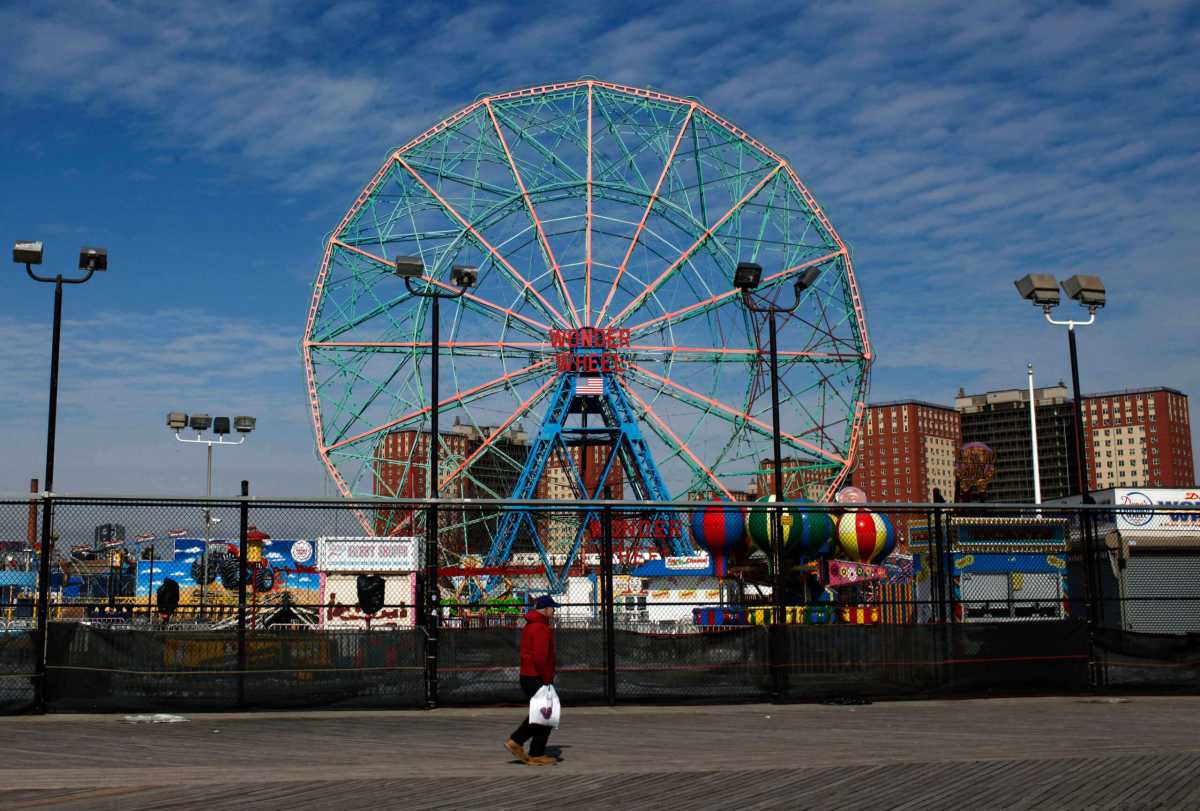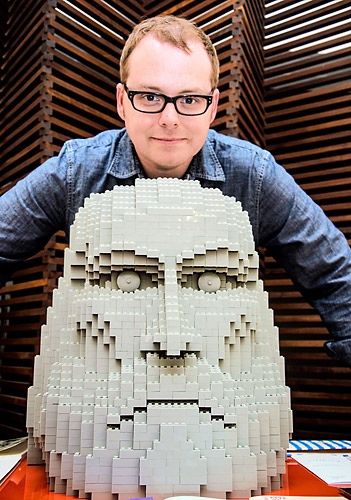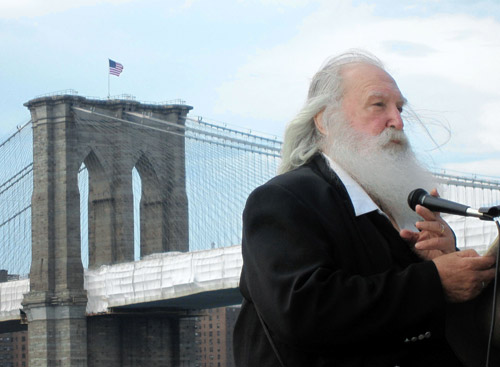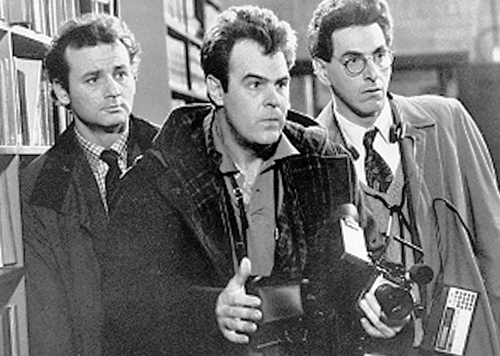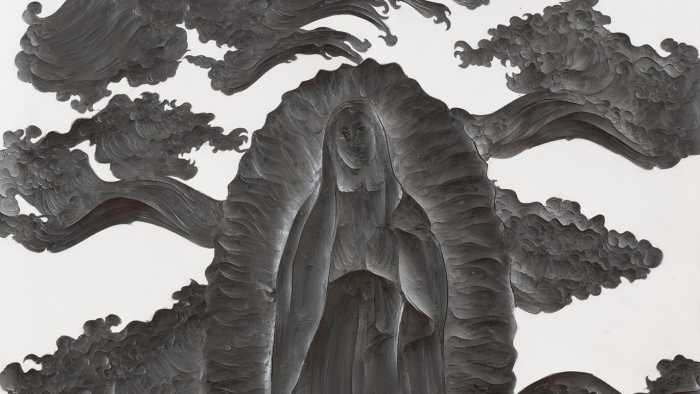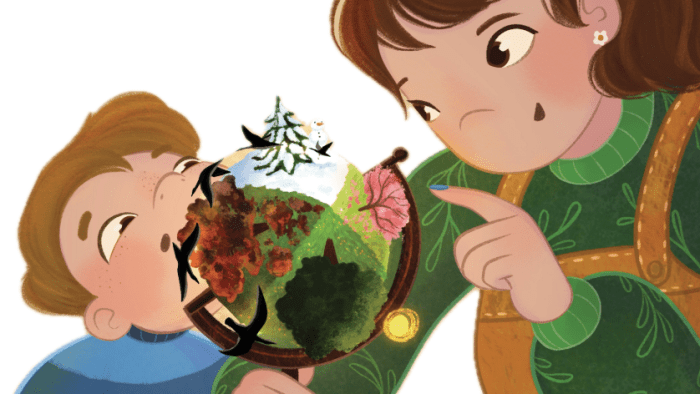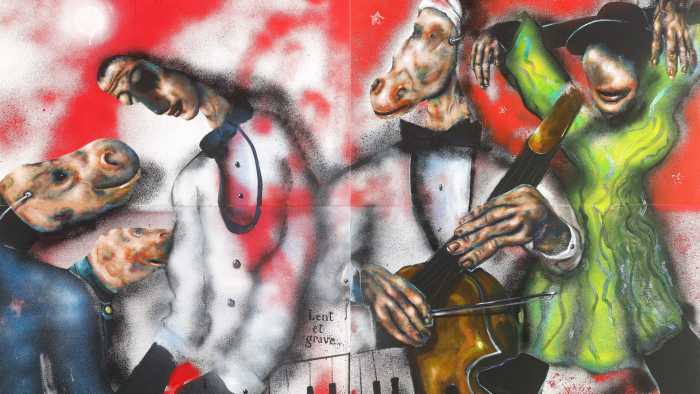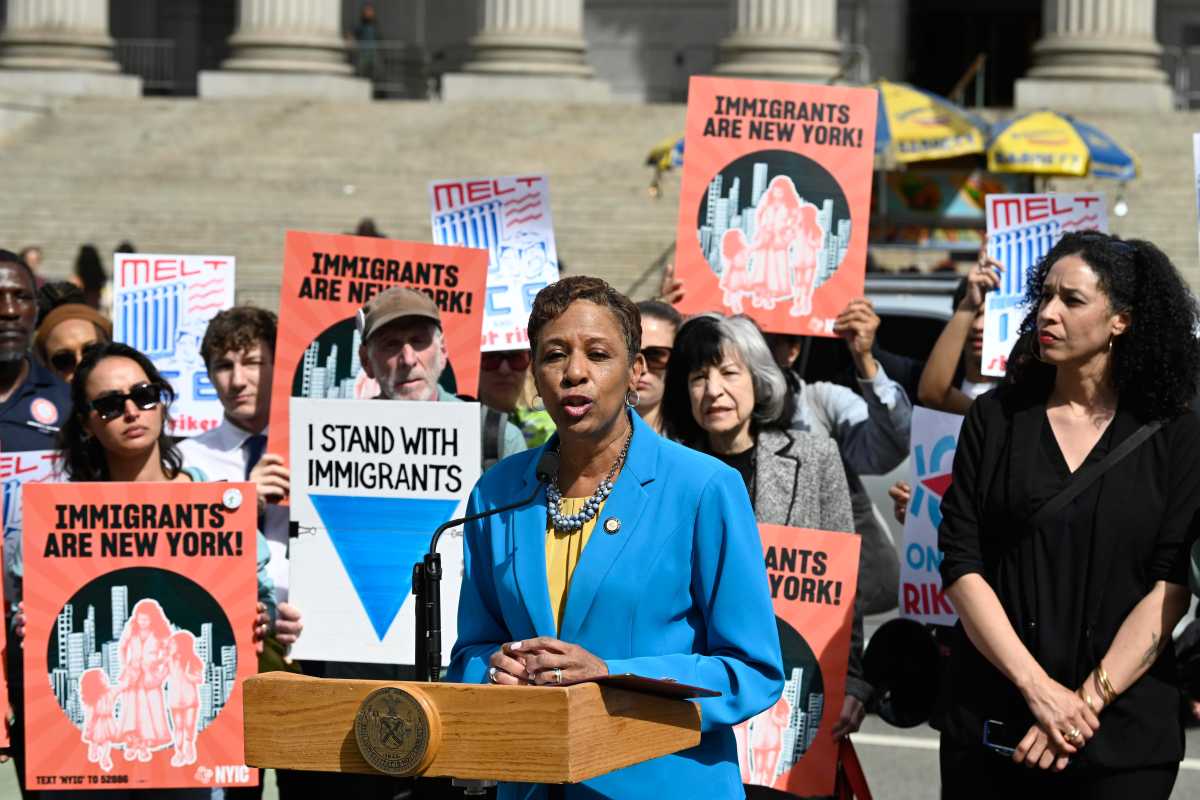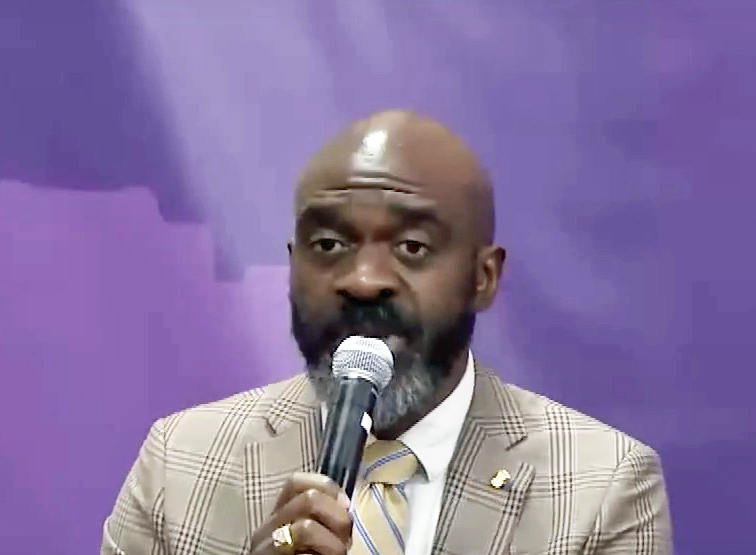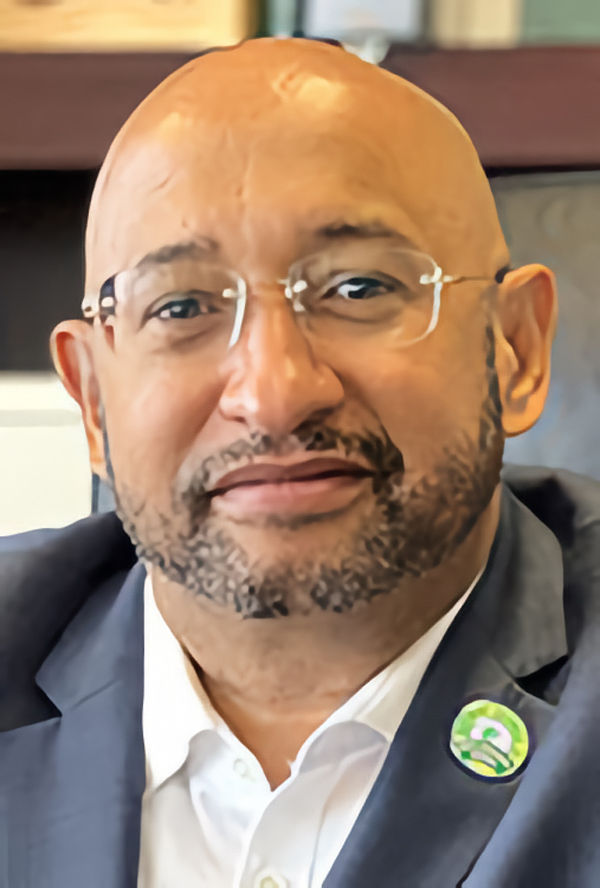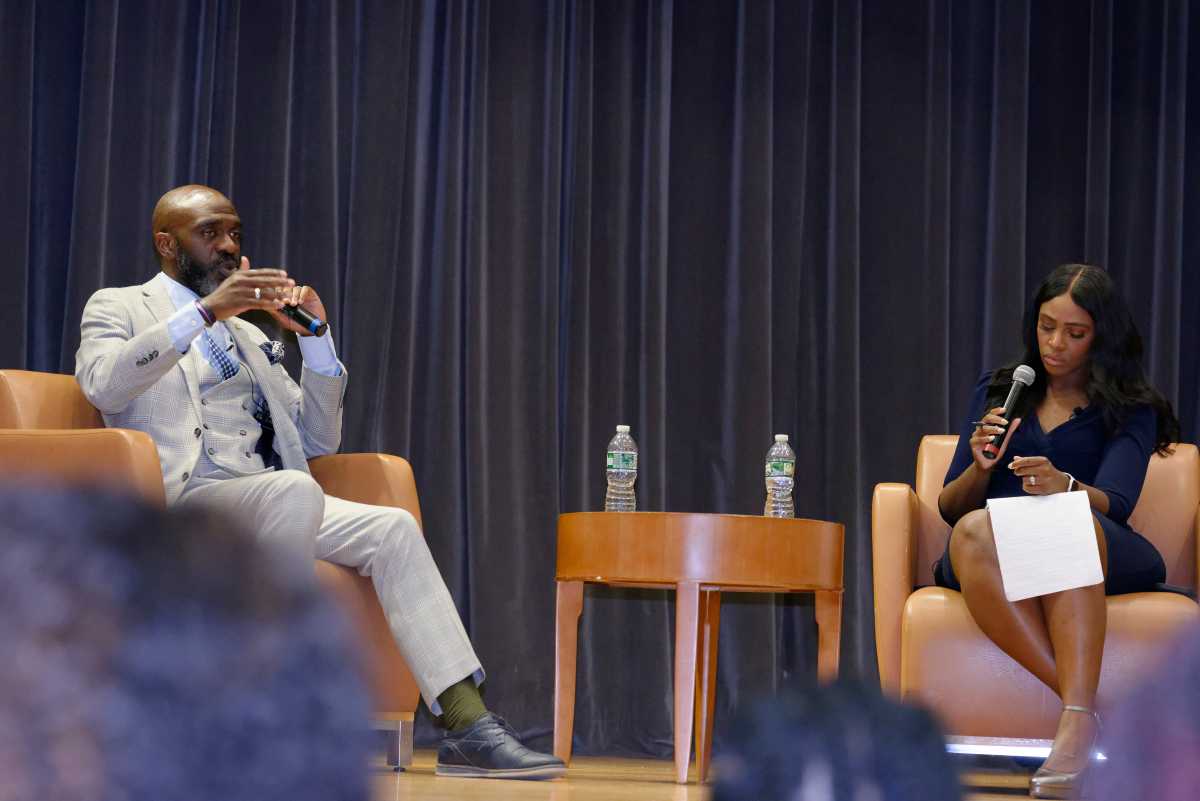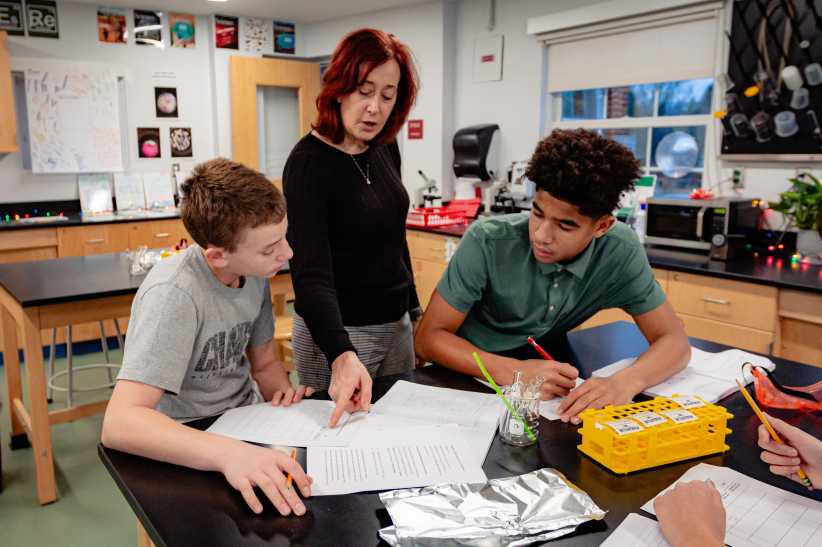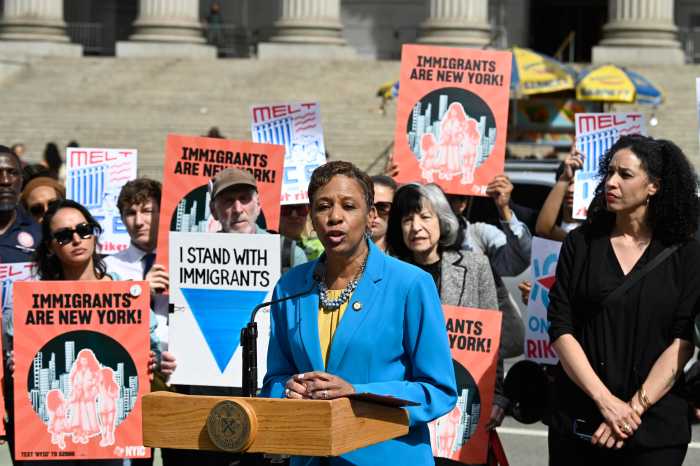Coney Island is a New York City institution, best known to New Yorkers and tourists alike for its wide seaside boardwalk and nostalgic Wonder Wheel. This summer, local writers and their connections to the seaside neighborhood are being recognized in an annual installation — the Coney Island Poetry Map.
Installed in April (and up through the summer), The Coney Island Poetry Map consists of poems hung across the peninsula, tacked up near the locations they were written about.
“Our priority was to hold space for those who live and work in Coney Island first and foremost,” said Amanda Deutch, executive director of Parachute Literary Arts, the organization hosting the exhibit. “They’re an inside perspective. They’re poems that are … about the experiences of those who live and work here.”
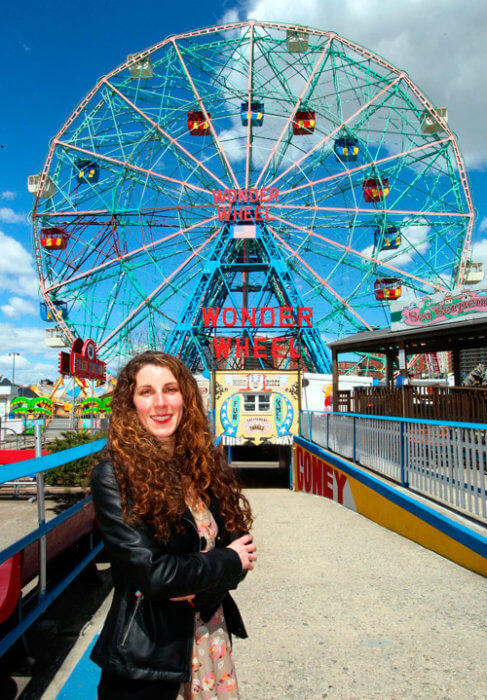
Deutch grew up in New York City, a third generation Coney Islander — her mother and grandparents from the coastal nabe, which she affectionally calls “the motherland.” In 2009, she founded Parachute Literally Arts, wanting to “showcase the voices of people who live and work in Coney Island, and amplify those voices” through various forms of literature, especially being a “neighborhood of historically underrepresented populations.”
To bring her vision to life Deutch worked alongside writer S.M. Grey in 2020 to host a free creative writing workshop called My New York City, where participants wrote about memories and personal stories of their borough and neighborhood. During the workshop, which the writers have continued each year since its launch, Deutch and Grey collaborated to select local Coney Island stories to publish for the map, fitting the site-responsive requirement.
The project’s purpose grows a sense of community between local Coney Islanders, as well as tourists and day-trippers, who may have a less-nuanced understanding of the area.
“People know Coney Island as an amusement park, a destination with rides, but it’s also a neighborhood where people live and work,” Deutch said. “Our priority audience are those who live and work in the area.”
While the project prioritizes Coney Island’s status as a local residential neighborhood, its identity as an entertainment district is inescapable and important, and Deutch said its unique environment inspires creativity everywhere.
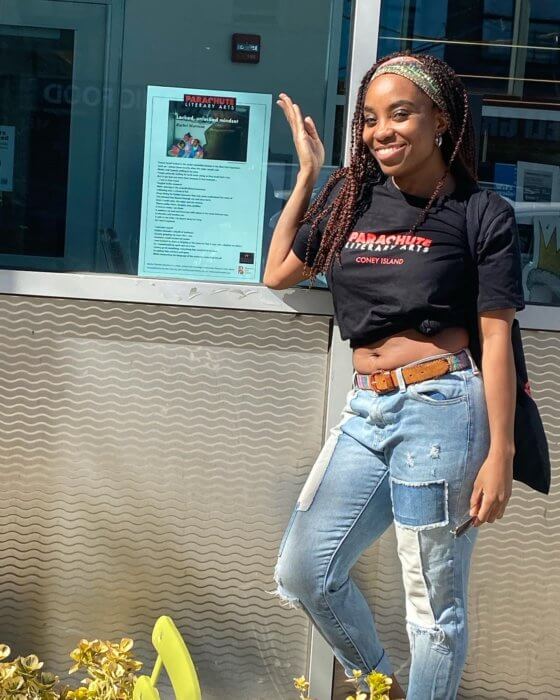
“We’re talking about [how] Coney Island is more than just an amusement area, it’s residential. But as an amusement area it’s unlike any other place on the planet,” Deutch said. “Whether you hate it or love it, there’s something to write about.”
A 2021 My New York City participant, 34-year-old Rachel Elizabeth Morrison, had a two-part piece published for the 2022 Coney Island Poetry Map, titled Locked and Unlocked Mindset. Having grown up in Coney Island, Morrison wrote about her memories by the ocean.
“My mom kind of corralled all the kids together, and [would] take us on different trips to things like … the aquarium,” Morrison said. “What I know now just to be a wave crashing, there was something about it that looked like an underwater waterfall to me.”
The My New York City writing prompts “brought [her] back to that place,” connecting to the same water that had been a “constant source of refuge.”
“I felt that I was this 8-year-old, 10-year-old me just kind of letting it out,” Morrison said. “[Like an] inner-child-healing kind of session for me.”
Morrison visited her piece after it was hung in April in the front window of the Brooklyn Public Library in Coney Island, somewhere she said she spent “a lot of time” as a kid.
“I just sat there for a while, just in awe of seeing that in my neighborhood,” Morrison said. “I was like, ‘That’s in my library,’ in the place where my love of reading was nurtured on a regular basis.”


